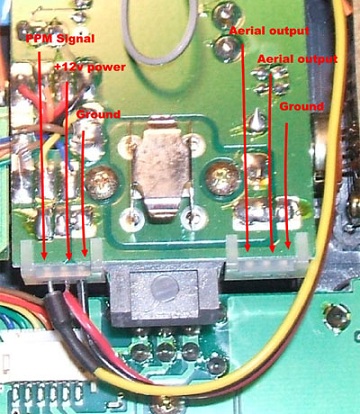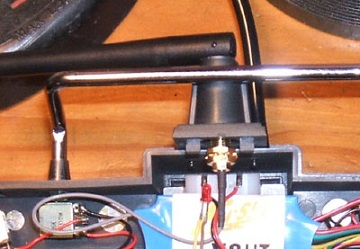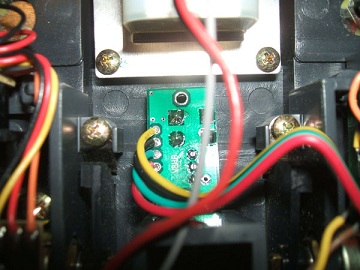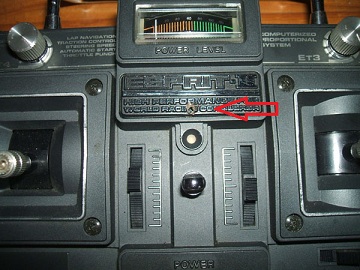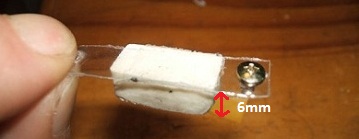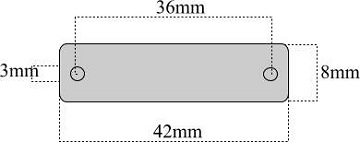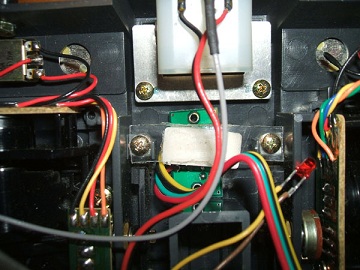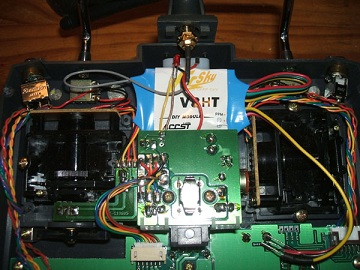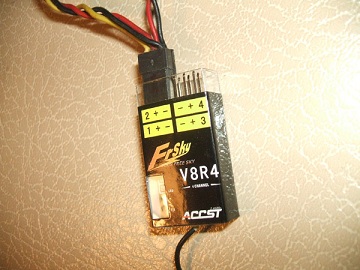Why convert?
The Spektrum 2.4 ghz system is by far the most popular amongst racers in the UK.However, for those of us that choose a stick transmitter, the choice is limited, and the KO module upgrade is now becoming scarce, as well as expensive.
Recently, I became aware of a number of extremely low cost 2.4 ghz transmitters based around chinese chipsets.
I tried one, but found it to be functional, but very poor quality. understandably at the price.
There are also a number of "hack" modules. Small self contained RF modules which need to be fed a voltage, and a PPM signal from the transmitter.
These link into the transmitter electrics after all of the signal processing has taken place, so preserve, model memories, end points adjustments, and all of the other cool computerised stuff your transmitter can do.
The best transmitters to upgrade are those which already have a RF module design, either externally with a removable module, or internally, where the RF circuit board is seperate and recognisable. In these cases, it is relatively easy to identify the PPM signal output required to feed to the hack module.
With other, (cheaper), transmitters, such the enry level 27mhz AM kits, it can be far harder to find the required PPM signal output. An effort which will normally require an oscilloscope. Of all the hack modules available, I finally came down to two choices, both around the £10 price with receivers being about the same.
i.e. A complete upgrade to 2.4 Ghz for circa £20 (TWENTY) UK Pounds.
- Corona 2.4Ghz DIY Module Only (DSSS) CT8Z
- Frsky 2.4Ghz Conversion ( Hack ) Module V8HT
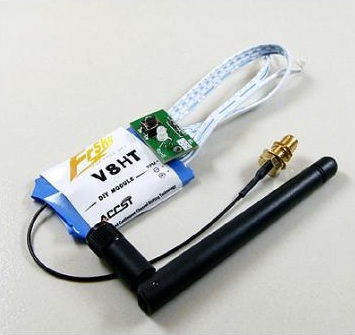
Of these two, I chose the Frsky, because...
- It has great reviews, some even suggesting better performance than Spektrum.
- The Corona system seems to have a problem with intermittent glitching.
- The Frsky system has excellent "reboot" times, to reaquire the signal if lost.
- It has a wider range of aceptable input voltages.
- It is more tolerant of a wider range of PPM signal voltages.
- It has built in protection on the signal line, (should you be silly enough to connect it to a +ve voltage rail by mistake.)
- It can deal with positive PPM encoding (Sanwa/JR), as well as negative PPM encoding, (Futaba/KO)
